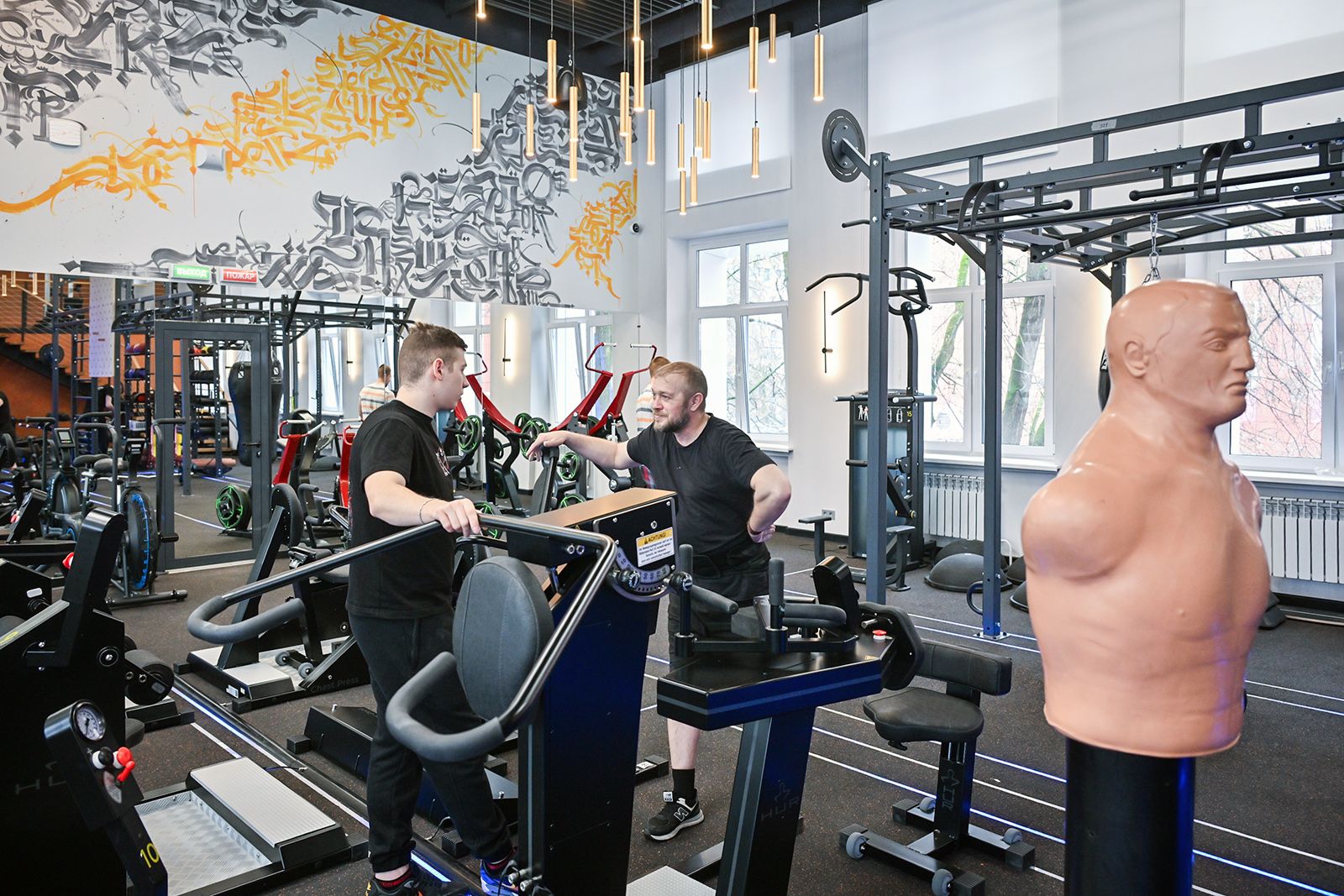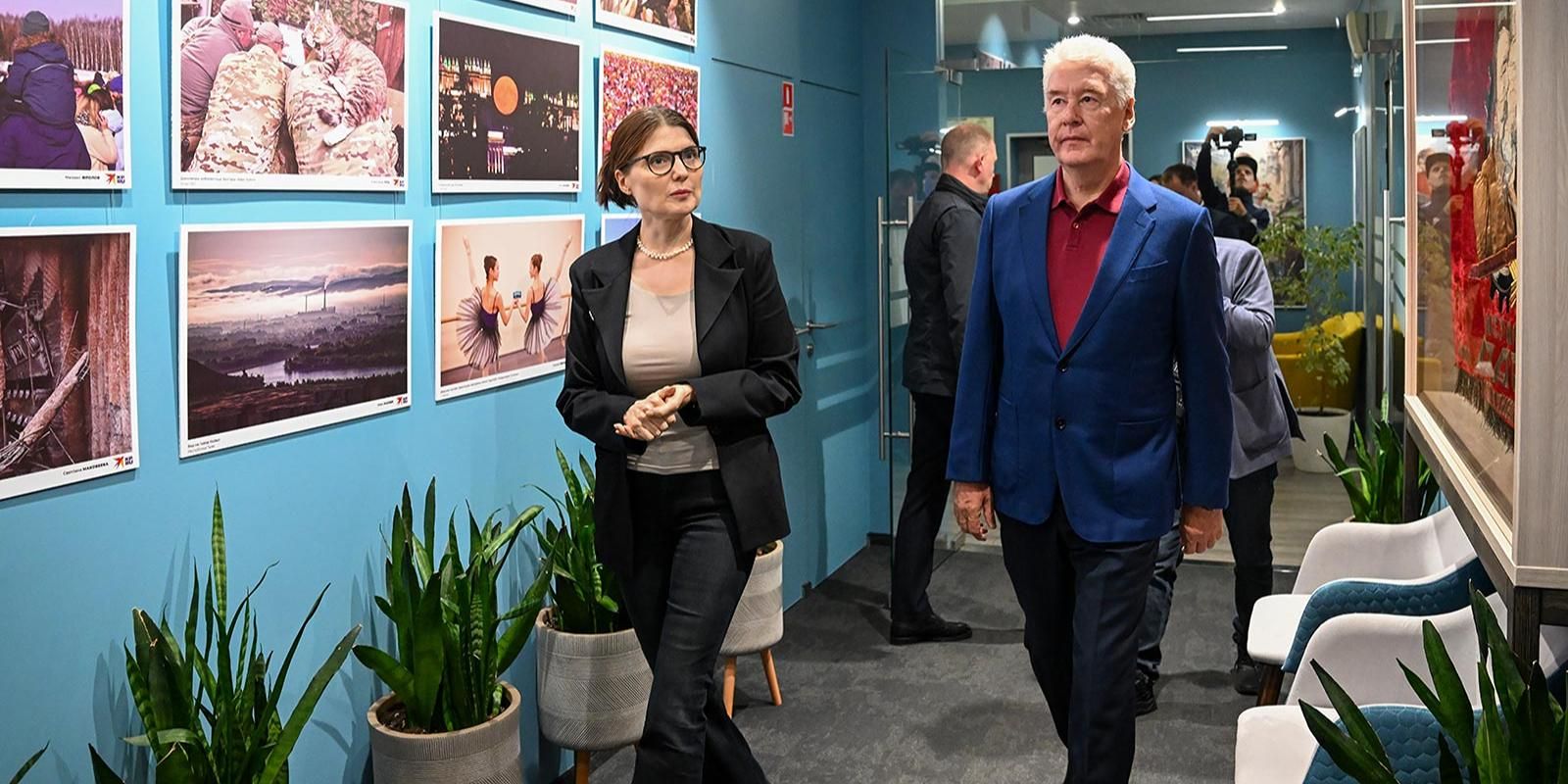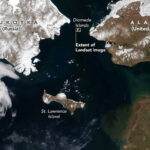A support system for military personnel has been established in the capital. The city assists those who have completed their service with rehabilitation, medical treatment, and employment.
Moscow is engaged in the systematic restoration of Luhansk and Donetsk.
“We are working with the sister cities of Luhansk and Donetsk. We are doing this not as a one-off effort, but on a systematic basis. Constantly, for a whole year, every day. We are restoring and repairing thousands of facilities—residential buildings, kindergartens, schools, hospitals, improving roads, restoring utility networks, and so on.”




One of the major tasks now is the restoration of districts in Donetsk that were under direct artillery fire.
It was also added that Moscow assists the Ministry of Defense of the Russian Federation in the production of drones and their free supply, as well as in supporting the air defense system (PVO) that ensures the security of the Moscow region and the Central District.
“Support for the military-industrial complex, including the construction of production facilities that we transfer for the needs of the defense industry, is the foundation for providing our troops with the necessary weaponry. In addition, a huge volunteer movement directs humanitarian aid to our fighters.”

It was recalled that the capital was involved in the construction of defensive structures and supported the creation of an air defense line in the Kursk, Belgorod, and Bryansk regions.
The city also assists fighters of the special military operation (SVO) with medical treatment, rehabilitation, and employment.
“Moscow is home to the largest hospitals for treating our wounded troops. The largest rehabilitation center in the country has been established in Voronovskoye. We, of course, also work with the families of military personnel. We help those who have completed their service and returned to the city with rehabilitation, treatment, and employment. A huge support system for military personnel has been created.”

According to the statements, today about 90 thousand Muscovites are in the zone of the special military operation. These are those who were mobilized or went on contract. Some of them are professional military personnel.




